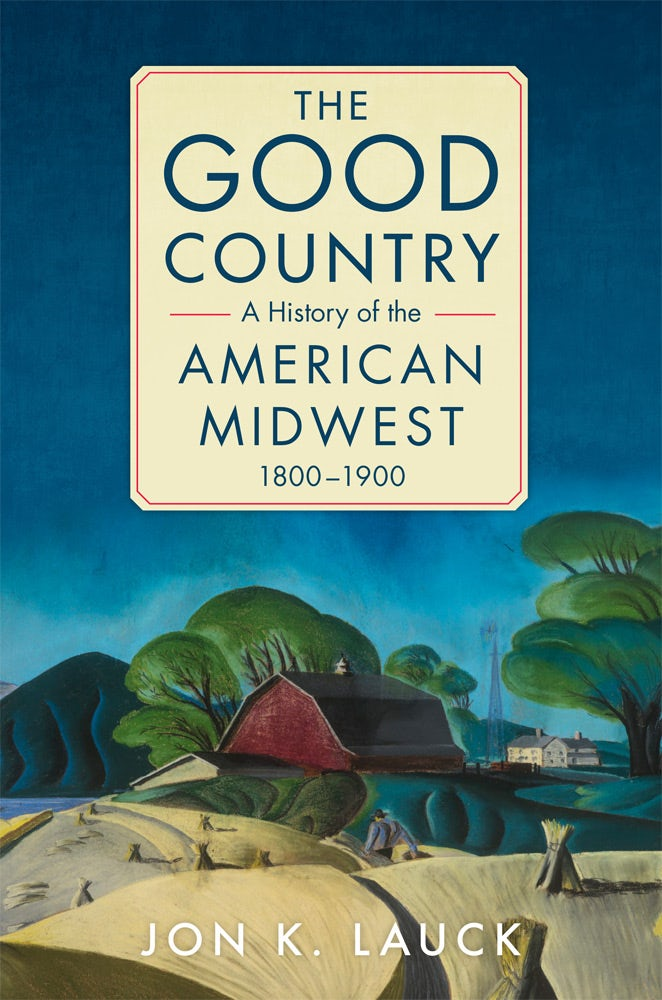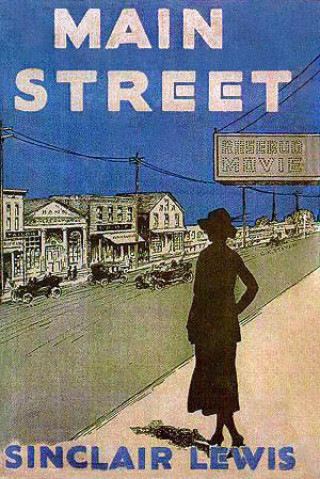Sectionalism has been one of the great themes of American history, and the interplay among America’s urban, rural, and regional cultures has long been one of the most interesting factors in our national life. But the flattening and homogenization of the country over the course of the 20th century has rendered this aspect of our national life less and less visible, and hence less vibrant. The steady decline of genuinely independent regional and local newspapers and other news outlets is but one sign of this loss. Another is the fading interest in savoring the particularities of place: history, geography, culture, food, climate, local business, anything that distinguishes one locale from another.
No section of the country has suffered more from this process of national homogenization and stereotyping than the Midwest, as Jon K. Lauck well knows. An adjunct professor of history and political science at the University of South Dakota, he is the founding president of the Midwestern History Association and the editor of the Middle West Review, a journal dedicated to the study of the American Midwest. In addition, he is the author of several books, including The Lost Region: Toward a Revival of Midwestern History (2013), From Warm Center to Ragged Edge: The Erosion of Midwestern Literary and Historical Regionalism, 1920–1965 (2017), and his latest, The Good Country: A History of the American Midwest, 1800–1900.
Over a century ago, well before the onset of economic woes that caused the region to decline in recent years, the Midwest found itself on the receiving end of a steady flow of cultural disdain, whose principal target was that characteristic Midwestern settlement, the small town. “The Revolt from the Village” was the name given this literary and cultural moment by Carl Van Doren in his 1921 study, The American Novel, and examples of his thesis were plentiful and close at hand. Edgar Lee Masters’s 1915 book, Spoon River Anthology, a collection of autobiographical epitaphs from a small-town cemetery, evoked the acrid hypocrisy and repression of the small-town environment. Similarly, Sherwood Anderson’s Winesburg, Ohio (1919) sought to uncover what Van Doren called the “buried and pitiful” lives of its inhabitants. Ernest Hemingway complained of his childhood home, Oak Park, Illinois, that it was a place with “broad lawns and narrow minds.”

